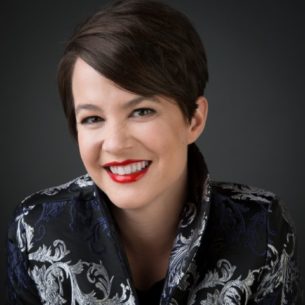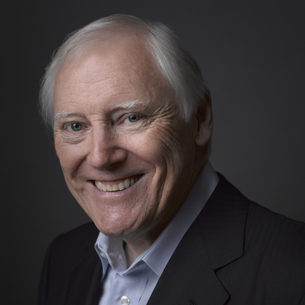The Nine Belbin Team Roles
Gain clarity on who contributes what, and turn individual strengths into collective performance.
Ever wondered why some projects stall even when your team is full of talented people? The problem isn’t skill — it’s alignment. When your team lacks a voice to evaluate, someone to finish, or someone to drive action, even good teams struggle. The nine Belbin Roles reveal how people truly contribute — so you can see who’s missing, who’s overlapping, and how to bring balance back to the team.
What Is A Team Role?
The nine Belbin Team Roles are grouped into three categories: Resource Investigator, Teamwork and Co-ordinator (the Social roles); Plant, Monitor Evaluator and Specialist (the Thinking roles) and Shaper, Implementer and Completer Finisher (the Action roles).
Every team needs access to all nine Belbin Roles — but not necessarily nine people. Most individuals contribute in several ways, while others may naturally fill the gaps. Each role represents a way of contributing that keeps teams effective and balanced. By mapping your team’s Belbin profiles, you’ll uncover overlaps, identify gaps, and see how to bring out the best mix of strengths for lasting performance.
Strengths: Mature, confident, identifies talent. Clarifies goals.
Allowable weaknesses:
Can be seen as manipulative and might offload their own share of the work.
Strengths: Co-operative, perceptive and diplomatic. Listens and averts friction.
Allowable weaknesses: Can be indecisive in crunch situations and tends to avoid confrontation.
Strengths: Outgoing, enthusiastic. Explores opportunities and develops contacts.
Allowable weaknesses: Might be over-optimistic, and can lose interest once the initial enthusiasm has passed.
Strengths: Creative, imaginative, free-thinking, generates ideas and solves difficult problems.
Allowable weaknesses: Might ignore incidentals, and may be too preoccupied to communicate effectively.
Strengths: Sober, strategic and discerning. Sees all options and judges accurately.
Allowable weaknesses: Sometimes lacks the drive and ability to inspire others and can be overly critical.
Strengths: Single-minded, self-starting and dedicated. They provide specialist knowledge and skills.
Allowable weaknesses: Tends to contribute on a narrow front and can dwell on the technicalities.
Strengths: Challenging, dynamic, thrives on pressure. Has the drive and courage to overcome obstacles.
Allowable weaknesses: Can be prone to provocation, and may sometimes offend people’s feelings.
Strengths: Practical, reliable, efficient. Turns ideas into actions and organizes work that needs to be done.
Allowable weaknesses: Can be a bit inflexible and slow to respond to new possibilities.
Strengths: Painstaking, conscientious, detail-oriented. Searches out errors. Polishes and perfects.
Allowable weaknesses: Can be inclined to worry unduly, and reluctant to delegate.
How To Find Out Your Roles
The Belbin Report
- Which Team Roles you have a preference for and which ones you may be weaker in
- How your team or observers see your strengths and weaknesses for each role
- Team Role feedback to help you play to your strengths
- Suggested working styles and placements base on your Team Roles
Compiling a team’s Belbin Reports into a Team Report provides deeper insight into team dynamics and effectiveness. It highlights patterns such as overlapping strengths, missing roles, and potential gaps that can impact collaboration and results. To take collaboration further, Belbin North America’s Team Collaboration Mapping helps teams see how their dynamics play out in practice — turning awareness into action and insight into sustained performance.
Proven and Trusted Worldwide
Belbin has been trusted by thousands of organizations in over 70 countries to unlock the full potential of their teams. Rooted in decades of research and validated through real-world application, the Belbin framework helps teams communicate more effectively, align behavioral strengths, and deliver measurable improvements in collaboration and performance.
Organizations that integrate Belbin report stronger trust, clearer accountability, and more balanced teams that sustain high performance under pressure.
Trusted by the Teams Who Can’t Afford to Miss
Belbin has been trusted by global organizations for over 35 years—including Fortune 1000 companies who know performance isn’t about personality, it’s about team chemistry.
It’s not just theory—it’s the Gold Standard in team dynamics
“Belbin gave us a framework we didn’t even know we needed. It changed how we collaborate.”
— Director, Global Strategy, Pharmaceutical Company
See the Team You Have. Build the Team You Need.
Curious how your team would map out? Let’s walk you through it.
In just one session, we’ll show you how a Belbin Survey works, what your Team Collaboration Map could look like, and how we help close the Interaction Gap—without personality labels, fluff, or guesswork.
Let’s start with a conversation.


